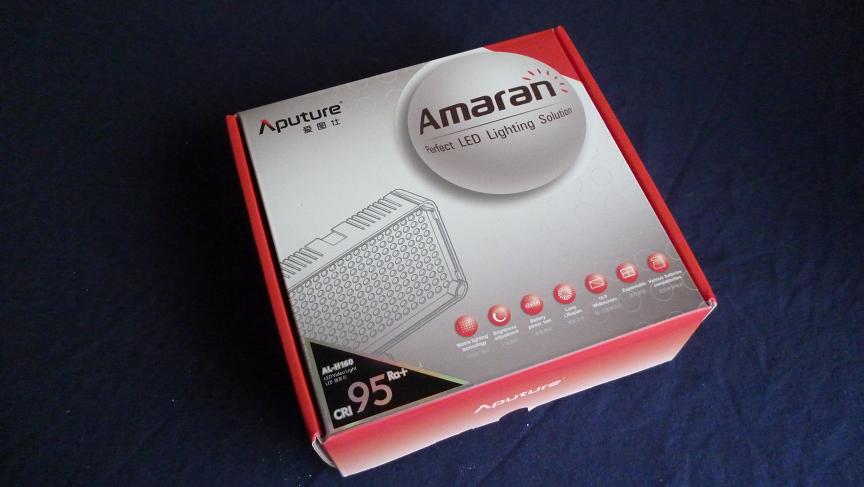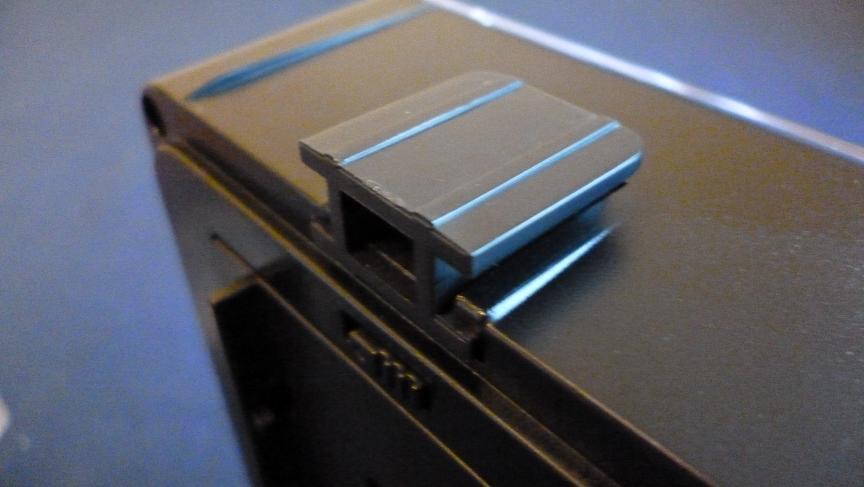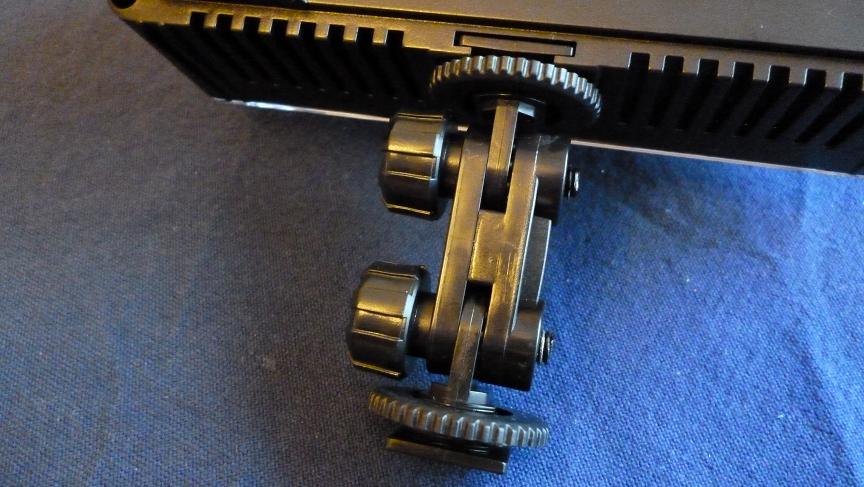Video Review: Aputure AL-H160 LED light
If there’s one thing guaranteed to get a video maker frothing at the mouth, it’s lighting – and cheap lighting especially. Everyone’s keen to hear about the latest low budget products, it seems, then universally unhappy with how rubbish they are. The truism that you get what you pay for, has never been so apt.
So, can a £40 GBP LED light be any good? The new AL-H160 from Aputure makes many bold claims on the box, from a CRI (Colour Rendering Index) of 95+ which is very impressive, to flexibility of powering and useage.

Aputure already have a broad range of cheap LED lights on the market, probably the most famous of which is the AL-528, a square panel LED that could work as a small key or fill light; it comes in three versions and is powered by Sony NP-F type batteries.
The new AL-H160 is designed as a camera toplight, the kind of thing you see TV news crews shining straight into people’s eyes at the scene of whatever breaking story is happening late at night.
In essence, this kind of LED doesn’t need to be supremely powerful as the subject is always going to be an interviewee standing no more than a metre or so away from the camera. What is does need to be is portable, dimmable and of a quality such that the poor interviewee doesn’t look sickly in its glare.
There’s no doubting the H160 on the first two counts. It’s not as tiny as something like a Litepanels micro and so would begin to look out of place on the smaller sized semi-pro camcorders such as Canon’s XA20 for example (though it could of course be used thus). Rather, it’s about as a big as a CN160 and sits happily on pro camcorders like Sony’s PMW200 or anything bigger. Given that size and with it being made of lightweight – possibly fragile – plastic, the AL-H160 meets the portability requirement with ease.
There is a dimmer wheel on the back so that’s point two taken care of. While we’re looking, there’s also a four-LED battery status indicator, activated by the press of a small recessed button. Power to the light is provided either by six AA cells or any of three types of Sony pro camcorder battery such as the NP-F series.

The remaining question then is what the light is like. Well, whilst obviously not as bright as a bigger panel, it does perform its intended role satisfactorily but really, don’t expect to be throwing light for anything more than a couple of metres.
We haven’t got lab standard meters and measuring gear here so forgive us for not now throwing in lots of charts and diagrams of luxes and spectral analysis etc but the general conclusion is that the light quality is pleasant enough with no obvious (dis)colouration when pointed at a human face.
Other point to note about the light are that it comes with a small bracket which enables you to join several of these lights together into one collossal LED fixture.

It also has a plastic cold-shoe bracket that’s adjustable through about 30-degree notches so as to tilt the light towards whatever you’re looking at. What the AL-H160 does not have is a tripod screw thread so you’ll have to be attaching it with the cold shoe bracket.

If you want to buy one, please get it via our Amazon UK link as that way we get a few pennies commission: http://amzn.to/1piKNqe
You said “We haven’t got lab standard meters and measuring gear here so forgive us for not now throwing in lots of charts and diagrams of luxes and spectral analysis etc.”
You don’t need all those things. You just need to shoot some a still image of a white piece of paper. Then take that into Photoshop, open the Info window and move your mouse over the image of the paper. If the RGB values in the Info window show high readings for G (Green) versus the R and B values, then you know the LED light has a (green) colour cast.
Hi Joe, thanks for the comment. It’s a good tip but it wouldn’t be the correct test methodology. Most “white” paper isn’t actually 100% white – it tends to have a very slight blue tint which would affect results. You would of course be able to buy a photographic standard white card to use instead.
However, the videocamera’s own colour settings (both hard-coded and any custom changes that might have been made) would affect the saturation and colour balance of the recorded image. There would also be an affect from artefacts of the encoding system used and the colour space recorded.
An alternative to the still and Photoshop would of course be to just examine a frame within the editing software using built-in scopes.
I think using a calibrated light meter and test gear would be the only reliable way to get accurate measurements of the LED’s output.
This type of LED does not have to be supremely powerful since the subject is definitely likely to be a interviewee standing no longer than a metre or so away from the camera. What’s does have to be really is portable, dimmable and of a quality like the poor interviewee does not look ill in its glare.